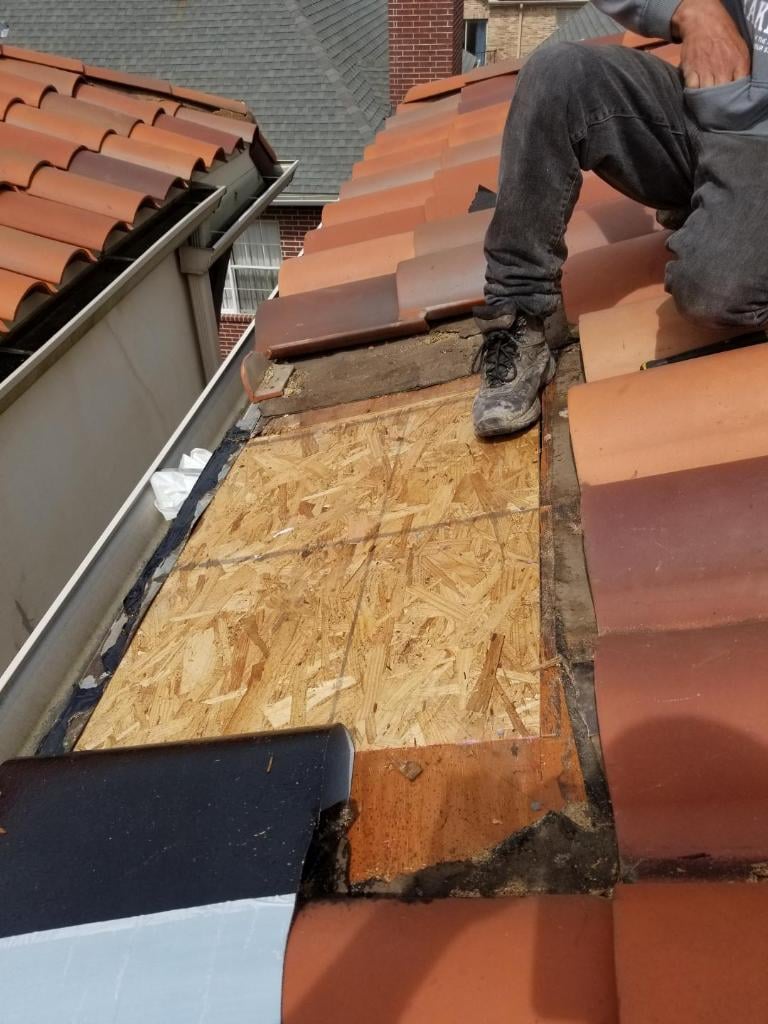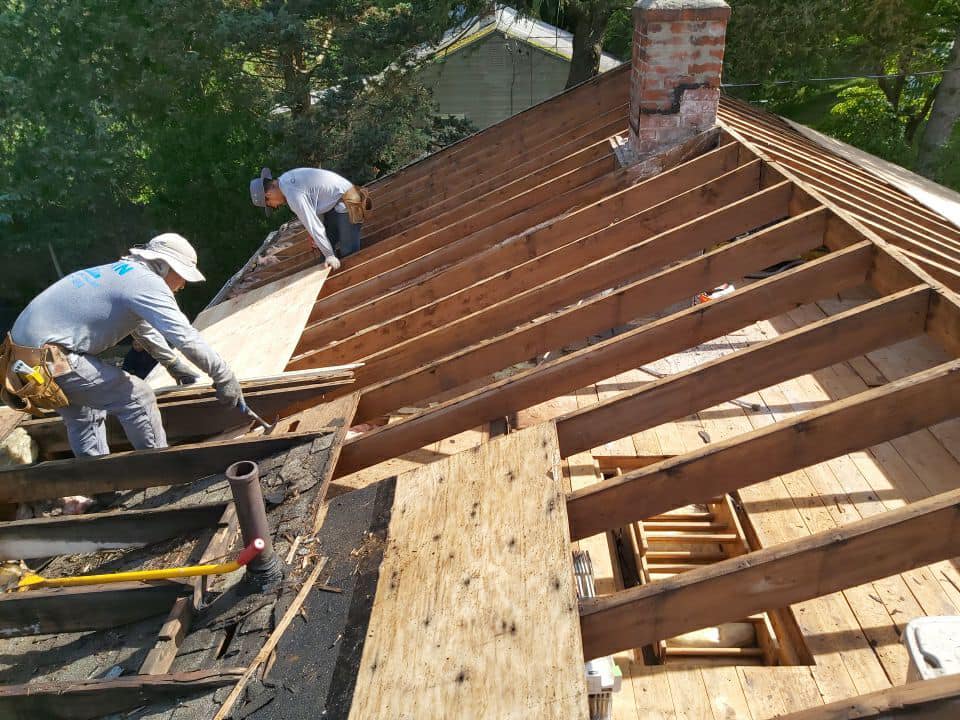Why Roof Plywood Thickness Matters: Understanding the Significance of Roof Sheathing
When it comes to roofing, roof plywood thickness is an important factor that needs to be taken into consideration. Roof sheathing thickness can have a significant impact on the overall roof durability and strength of your roofing system. In addition, roof plywood thickness can affect roof installation costs, time, and codes in different regions of the world. Knowing how to measure roof plywood thickness accurately is key for ensuring you get the best results for your home or building’s roofing system. In this article we will explore why it’s so important to consider roof sheathing thickness when constructing a new roof as well as provide guidance on how to properly measure it for accurate results.
The roof plywood thickness is determined by the roof material used. Different roof materials require different roof plywood thicknesses in order to provide adequate support and strength for the roofing system. For example, roofs made with asphalt shingle material typically require a thicker layer of roof sheathing than roofs made with metal or tile materials. The roof plywood thickness must also take into account the roof’s pitch, or slope, as well as the roof load it will be carrying. All these factors need to be considered in order to ensure that your roof is safe and secure.

It is important to consult with a knowledgeable roofing contractor prior to construction in order to get the roof plywood thickness right. They will be able to provide advice on roof materials and roof sheathing thickness based on roof load, roof pitch and roofing codes in your region or state. Additionally, roofing contractors can provide guidance on the best methods for measuring roof plywood thickness accurately in order to ensure a successful installation.
When roof plywood thickness is not taken into account, roofing problems can occur. For example, roof sheathing that is too thin may cause roof leaks or roof collapse due to inadequate strength and support. Additionally, roofs with incorrect roof plywood thickness can lead to higher labor costs for installation as well as additional time needed for the job.
Furthermore, roofing codes in different regions may require certain roof plywood thicknesses for specific roof materials in order to comply with local building regulations.
In conclusion, roof plywood thickness is an important factor that needs to be taken into consideration when constructing a new roof. Knowing the right roof sheathing thickness and how to properly measure it can help ensure that your roof is safe, secure and up to code in whatever region you live. Additionally, understanding roof plywood thickness can help you save time and money on your roofing project.
Always consult with a knowledgeable roofing contractor prior to construction in order to get the roof plywood thickness right. They will be able to provide advice and guidance on roof materials, roof sheathing thickness and the best methods for measuring roof plywood thickness accurately. With the right roof plywood thickness and roofing contractor, you can be sure your roof will be safe, secure and up to code.

Indy Roof Rangers
https://www.google.com/maps?cid=2247677804134186354
5339 W Minnesota St, Indianapolis, IN 46241, United States
(317) 244-7663
https://indyroofrangers.com/

